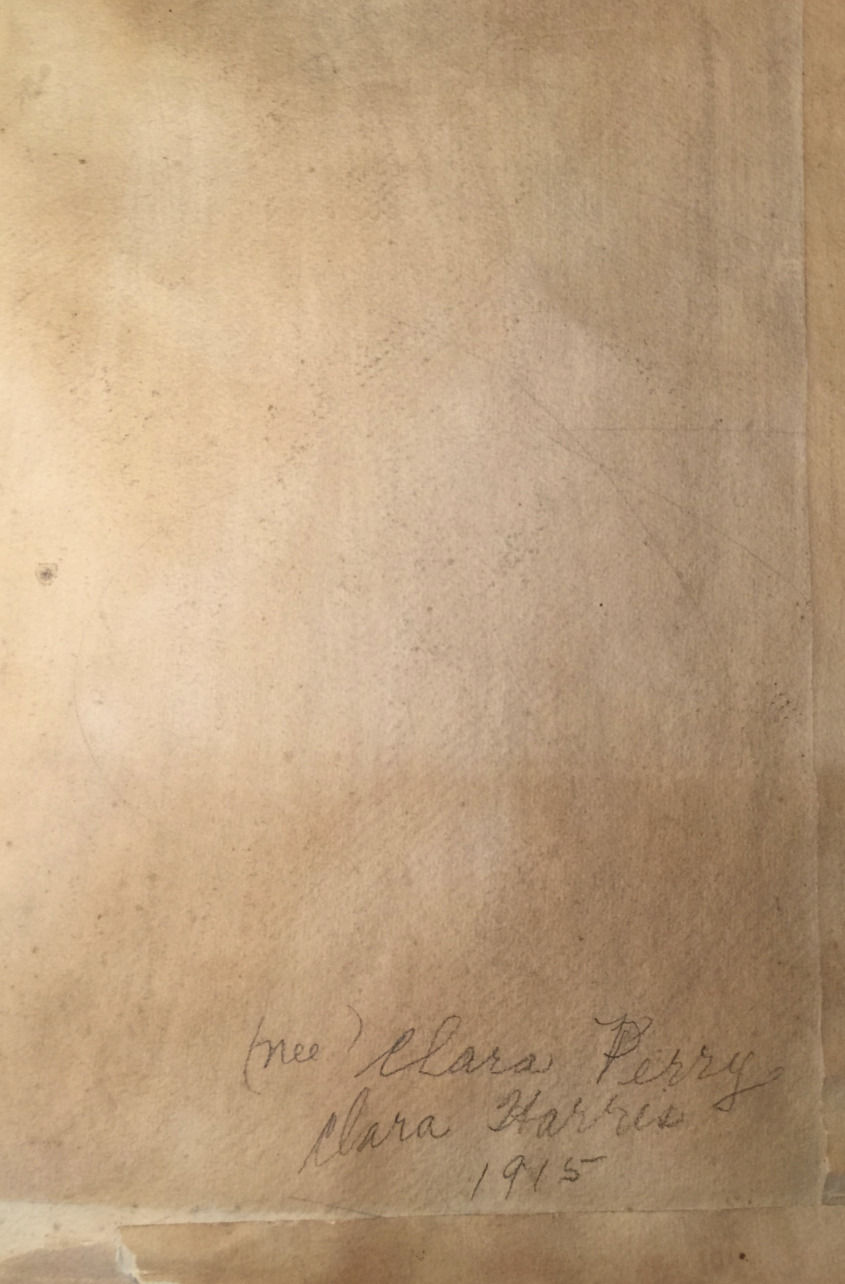Who Is Florence Wright and Why Is She Important?
- vernamclean
- Nov 8, 2017
- 3 min read
On May 26, 2017 the opening reception of Clara’s art Captured on Canvas was held at Lambton House. The introductory remarks were finished, attendees were viewing the exhibit, discussing Clara’s work and evaluating its relevance to Toronto’s heritage. Then an unexpected thing happened: a lady called “Florence” called Lambton House and wanted to speak to me. She had read the Toronto Star’s newspaper article, “Bringing Toronto’s Artistic Past Back to Life” https://www.thestar.com/entertainment/2017/05/25/forgotten-painter-depicted-torontos-rural-past.html . She was in her 90’s, was very excited about the exhibit but couldn’t make it as she had fallen a few days before. But could I come and visit her? She had lots to tell me.
Two days later I was in Florence’s living room.

Florence is an extremely vital, talented and knowledgeable artist. She gave me a tour that was akin to visiting an art gallery. Paintings, sketches, woodcuts, newspaper and magazine clippings were on every available surface and in every conceivable space of her home. Amazingly Florence knew where everything was.
She had been a student of Clara’s and knew Clara’s husband Fred too. Florence had a lot of their work and wanted to show it to me. I expected to see pieces done in typical mediums and with familiar subject matter. And the first two paintings were Clara classics but with some “twists”:
Cyclamens in full bloom were a favourite subject of Clara’s captured many times, in many sizes, sometimes in portrait but other times in landscape format. But this piece topped them all.

This version possessed an ethereal quality different from the others that I’ve seen. The reason? The medium was watercolour on paper. A first for the website:
Next was another familiar landscape and favourite Clara subject:

The Old Mill in Port Hope Ontario, oil on canvas with its original frame.
But when I turned the painting over, matching sketches in black and white and watercolour were taped to the back of the frame. Clara’s sketch in colour accompanying the original painting is another “first” for the site.

Black and white and colour versions of Port Hope sketches.
But the surprises only get better!
Dated and signed by Clara.


Wow, I’d never seen work like this before. It was so different. Florence called it the “Lady in the Hat” adding that it is her nephew’s favourite image. This is a style lending itself to commercial purposes and is a definite detour from Clara’s typical style.
And here’s another beauty: a portrait of an elegantly dressed woman, a watercolour on paper. Signed “C. Perry 1915”.


Back of the portrait.
Here’s another watercolour portrait of a woman in traditional dress. The vibrant colours and subject are a surprise for Clara viewers.



Another interesting portrait in watercolour is framed in this hexagonal frame.

“1920? 1930? Original watercolour by Mrs. Clara Harris (nee Perry)”
The white sticker is the owner’s instructions for the framer.
The visit to Florence’s was well worth it. Not only did she share Clara’s art (as well as works of Fred’s) but works in watercolour, style and portraits not seen before. The watercolours dated 1915, reveal Clara’s style in an earlier period and before her marriage.
Florence also showed me her work that is predominantly in watercolours featuring pastoral landscapes and exceptional floral still-life scenes. Her work deserves its own gallery not just for its quality and quantity but because she received three First Prizes awarded by Group of Seven’s A.J. Casson!
As I was leaving, Florence had one more thing to say as a former student of Clara’s: “Nobody could mix and achieve the green paint colours like Clara”.
Thank you Florence for inviting me into your private gallery!


